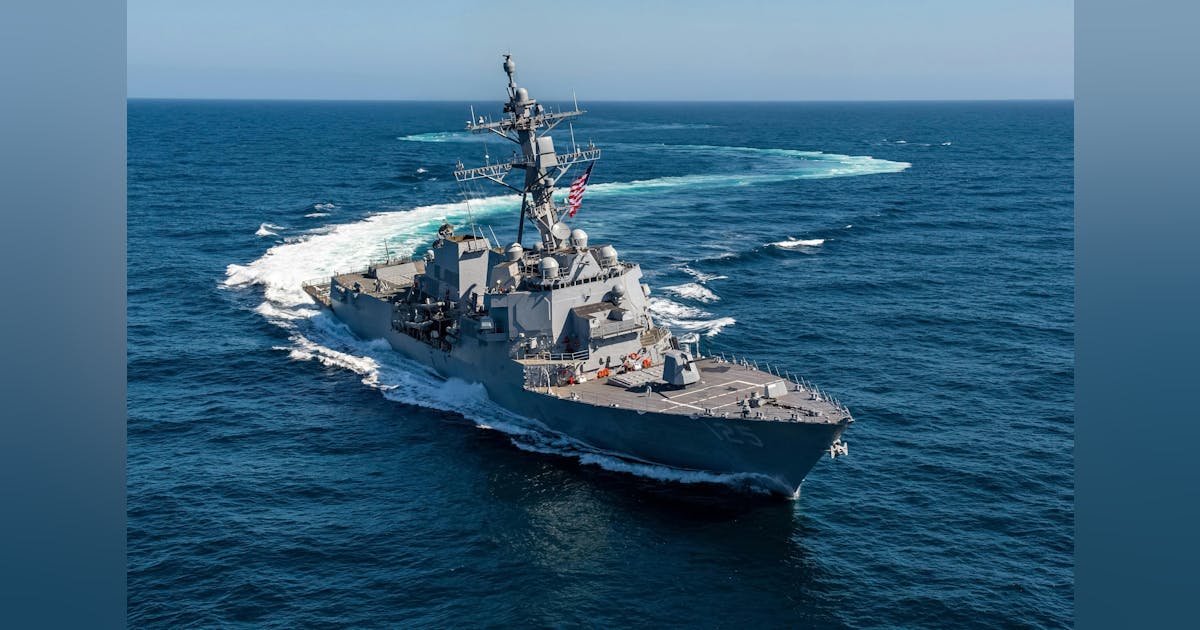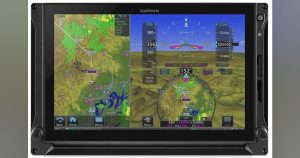Modernizing Naval Communication: Leonardo DRS’s Fiber-Optic Networking
Leonardo DRS’s Laurel Technologies division has secured contracts to construct and enhance the AN/USQ-82(V) fiber-optic shipboard networking system for U.S. Navy’s Arleigh Burke-class destroyers. This initiative represents a significant advancement in naval communications, control, and combat capabilities.
Understanding the AN/USQ-82(V) Networking System
The AN/USQ-82(V) is a modular data network platform for ships, designed to replace extensive copper cabling on destroyers with a high-speed fiber-optic infrastructure. It comprises several generations, including:
- Data Multiplex System (DMS): Traditional electron-based multiplexing.
- Fiber Optic Data Multiplex System (FODMS): Incorporates fiber optics for faster and more reliable communication.
- Gigabit Ethernet Data Multiplex System (GEDMS): A modern IP-based platform supporting critical ship systems and multimedia services.
These networks facilitate the transmission of inputs and outputs for control, navigation, alarms, combat, and communications systems, making them essential for mission success, damage control, and crew safety.
The Advantages of Fiber Optics
Previous naval vessels depended on bundles of copper wiring, which caused maintenance issues and slow data transfer. The shift to a fiber-optic backbone provides:
- Speed: Gigabit-per-second data rates for substantial sensor arrays and real-time video feeds.
- Reliability: Resistance to electromagnetic interference and physical wear common at sea.
- Redundancy: Self-healing networks that reroute traffic around damaged sections.
- Weight & Space: Lighter and more space-efficient, making ships easier to upgrade.
- Safety: Enables real-time monitoring of dangerous areas through remote sensors and cameras.
This transformation aligns with the digital backbones seen in sci-fi films and games, such as “Battleship” or “World of Warships.”
Impact on the Burke-Class Destroyers
Supported Systems
The AN/USQ-82(V) facilitates seamless communication across:
- Machinery Control System: Manages engines, power, and environmental controls.
- Damage Control System: Handles emergency responses like fire and flooding.
- Steering Control System: Directs navigation and maneuvering.
- Aegis Combat System: Integrates air-defense and weapons controls.
- Navigation Displays: Provides real-time maps and route plotting.
- Interior Alarms/Indicators: Life-safety and status alerts.
Upgrading to fiber enhances mission-critical, secure, and instantaneous digital communication.
Crew Efficiency and Safety
The centralized system reduces manual checks, minimizing risks and freeing sailors for strategic duties. Using remote sensors and cameras, confined spaces are safely monitored from the bridge.
Continuing Evolution of Surface Warships
The design philosophy in naval warfare has evolved:
- 1960s-1980s: Systems were isolated, and upgrades were extensive.
- Aegis Era: Combine sensors, tracking, and firing into a singular digital platform.
- Current/Future: Distributed, modular networks allow ships to connect, upgrade, and adapt via software.
Modern ships, including the Burke-class destroyers and international equivalents, are adopting network-centric warfare, utilizing distributed sensing, automated targeting, and rapid updates powered by robust fiber networking.
Leonardo DRS Laurel’s Role
Leonardo DRS Laurel Technologies specializes in:
- Manufacturing and installing AN/USQ-82(V) hardware on current and new destroyers.
- Upgrading earlier ship versions and providing technical refreshes for land-based defense systems.
- Supplying hardware that meets Navy standards for ruggedness, cybersecurity, and reliability.
This strategic involvement positions DRS Laurel at the forefront of naval technological advancements, with a team oriented towards reliability and mission assurance.
Technical Dive into AN/USQ-82(V)
The system utilizes fiber-optic cables connected to multiplexing hubs, ensuring efficient signal sharing, ultra-high-speed data transfer, and integration capabilities with modern software. These custom-designed connectors are tailored for rugged naval conditions, supporting maintenance at sea effectively.
Ensuring Security and Cyber Resilience
Given destroyers’ vulnerability to cyber threats, robust network security is critical. The AN/USQ-82(V) system employs:
- Encryption protocols: To prevent eavesdropping and sabotage.
- Redundant pathways: Instant traffic rerouting in case of fiber failure.
- Isolated subnets: Segments combat data to reduce susceptibility to attacks.
The U.S. Navy invests in active countermeasures, including continuous monitoring and cyber exercises, to protect its ships.
Global Alliance and Implementation
The AN/USQ-82(V) extends beyond the U.S. fleet, with Japan, Korea, Australia, and Canada deploying similar network architecture on their destroyers for consistent multinational cooperation.
Experiences from the Field
USS Rafael Peralta (DDG 115) showcases practical results from FODMS network retrofitting, highlighting significant maintenance reductions and safer responses to emergencies, such as engine room fires.
Adapting to Future Naval Trends
Continuous modernization is key, with the Navy planning for updated hardware, software, and integration with unmanned systems to strengthen defense capabilities further.
The Human Element at Leonardo DRS Laurel
At the center of these developments is a dedicated team passionate about enhancing naval safety and intelligence, collaborating closely with allies and utilizing vast experience to address real-world challenges effectively.
For a deeper technical insight, refer to Navy Warfare Centers’ documentation.













